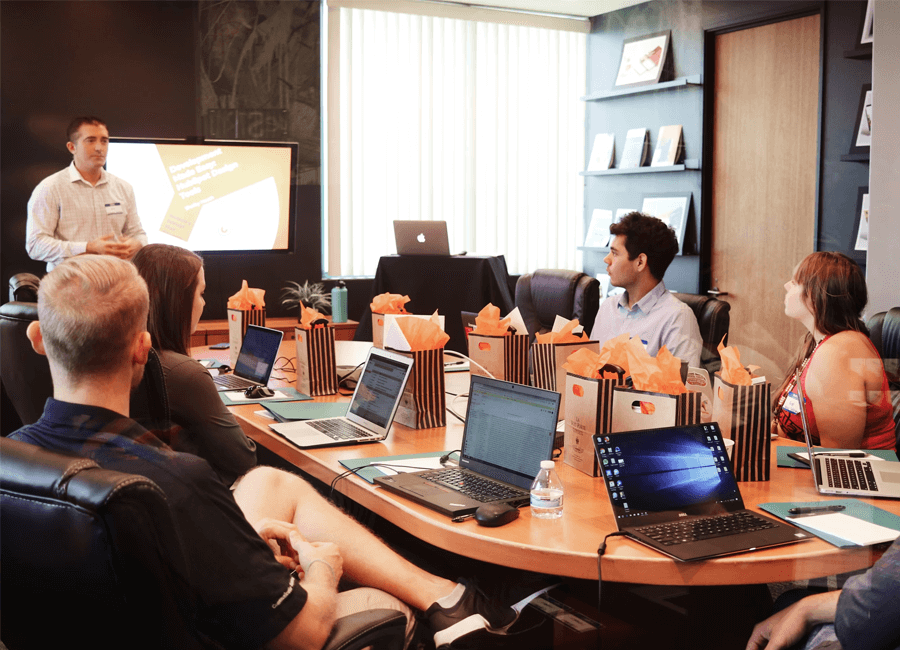Whether you’re an in-house insight expert or agency-side you’re going to be using a myriad of tools within all stages of the research experience. Continuously evolving technology impacts the range of market research methods and tools available, and because there are so many tools to choose from nowadays, it can be tough to make sure you’re choosing the right one for the job.
This is especially true if insight teams are in the situation where they need to choose a series of new tools to integrate together; while making sure that the tool will suit its purpose in data collection, analysis or activation, another requirement of each new tool will be how well it integrates in with the other tools they’re currently using.
How to Choose the Best Tools
A good thing about building a research technology stack, is that once you’ve chosen one tool for one specific purpose and are looking for others to integrate into that stack and potentially communicate with that first tool, it narrows down your options pretty quickly. If you’re simply choosing new tools for your technology stack then the tool that you pick will potentially need to interact well and communicate with a couple of other tools too, so those constraints will also help narrow down the field.
We asked Adele Mann, who is a Senior Insight Lead at Saga plc. to shed some light onto the topic on how she would choose which research tools to integrate into her research technology stack. Adele started by explaining that there are a few different angles that need to be taken into account:
“Whether you are working within an insight agency or client-side, you will identify a need/gap in your current set of tools and look for a new tool or approach that would fit this need. For example, within the Saga Insight team, we are continuously improving the techniques we use to interrogate and maximise the huge data we have at our disposal.
Our assessment will obviously take into account aspects such as cost, the capability of the tools and ease of use. Another angle is identifying tools that will give us even better-quality insight. This could be from a recommendation, someone in the team using a particular tool in a previous role or even hearing about a tool from marketing/conferences.
I would say the other angle is a desire to have something new and 'shiny'! In my previous life working for an insight agency, we were continually on the lookout for the latest tools and technology which would enhance our offering to clients and provide us with talking points/points of difference.”
Benefits of Integrated Research Tools
Now, let’s stop for a moment and talk about why integrated research tools are important and the benefits awarded to insight professionals who use them – whether they build a market research technology stack from scratch or use an all-in-one insight platform that contains all the data collection, analysis and activation tools all ready for insight teams to conduct their research straight away.
Adele starts this conversation by commenting that “It makes sense to have research tool as integrated as possible, both from an effectiveness and efficiency point of view. It keeps the research collection process as seamless as possible for participants; improving the quality of the insight we collect. Furthermore, it helps the insight professional be more effective in their roles. If all aspects of the process run off one system, the researcher can quickly build familiarity and expertise in using the tools, enabling them to extract the best possible insight in a more efficient way.”
And Adele is absolutely on the money there, but not only does it make for a seamless research experience for participants, it is as close to a seamless research experience for insight experts too. Integrating tools into a research stack that communicates and works well with each other means stopping potential obstacles to high quality research before they’ve had a chance to be a challenge.
Choosing an all-in-one research platform does all the hard work for insight experts, and opens up access to all the research stages instantly. Building your own research technology stack can have the same impact and has the added benefit of the insight expert’s fore-knowledge on all the tools they have hand-selected for their research technology stack, but it will take a little more time and research to get that same seamless experience.
Building Efficient, Integrated Research Workflows
Looking into the future, research agencies and technology providers will continue to have a pretty high demand for integrated research technology stacks and workflows, as having this seamless experience will tend to result in higher quality insights – insight experts will be able to pay more attention to the research itself rather than having to fix technology issues or find workarounds. So how research agencies and technology providers achieve this?
| Tweet This | |
| How can research agencies and technology providers create powerful, relevant tools that become essential in the toolkits of insight experts? |
Adele says that “agencies and tech providers need two audiences in mind when they are designing new tools and workflows. Firstly, having the research participant at the forefront of their mind is absolutely critical, particularly when we have talked for many years about consumers becoming fatigued with surveys. Does the workflow and/or tool make taking part in the research more interesting and rewarding for the participant?
The second audience is the research professional. In a world where we are required to go faster and faster to provide answers, insight professionals often don't have the time or the headspace to master difficult tools, so creating easy, intuitive tools is absolutely key!”
Adding to this, Adele mentions that “at my previous agency, there was a massive focus on the participant experience and making survey questions and tools as fun and engaging as possible - and where applicable ensuring interfaces replicated the ones they might use in their everyday lives e.g. give your views in a tweet, use emojis to give your initial reaction to this idea, etc.”
There are common themes to Adele’s answers here, with a mix of practicality and creativity to not only enhance functionality to be truly relevant to the people using the tools, but also creativity in how these tools are presented to make it the research experience as engaging as possible – both are vital to creating high quality research experiences and insights, which is the desired end result for most if not all insight experts worldwide.


















